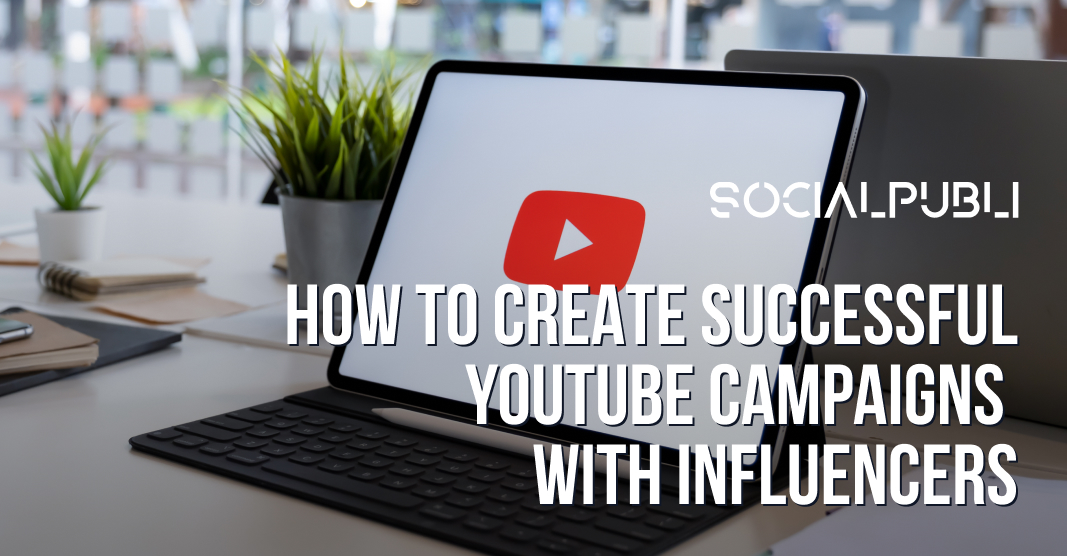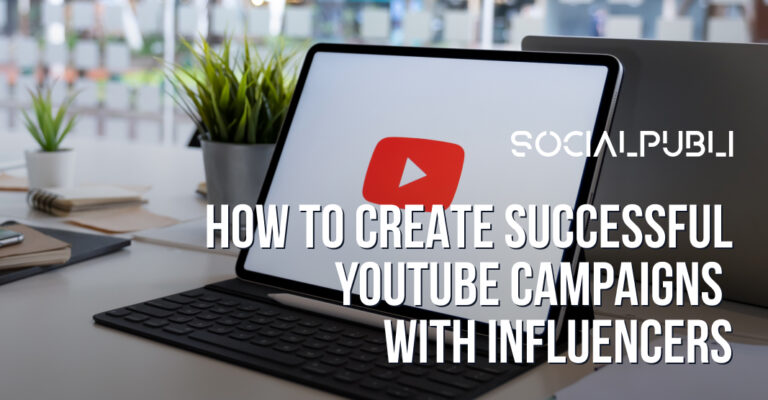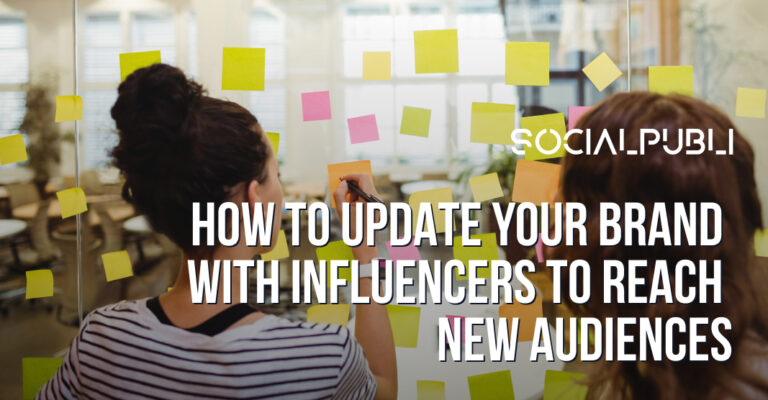Creating successful YouTube campaigns with influencers involves strategic planning, selecting the right influencers, and leveraging the platform’s unique content format and audience. Below is a comprehensive guide structured around best practices, actionable steps, case studies, and tips grounded in authoritative sources.
1. Understanding the Power of YouTube Influencer Campaigns
YouTube influencers hold significant power due to the platform’s long video format and SEO capabilities, resulting in longer content shelf life compared to TikTok or Instagram. This means videos can continue to generate views and conversions well after posting.
Collaborating with influencers can expose your brand to a new, engaged audience, providing higher trust and authenticity as the influencer’s endorsement resonates better than direct brand advertising.
2. Planning Your YouTube Influencer Campaign
a. Set Clear Campaign Goals and KPIs
Define what you want to achieve (brand awareness, engagement, conversions). KPIs to track include cost per view, reach, click-through rates (CTR), and conversion rates. Align influencer marketing goals with any YouTube ad campaigns to amplify impact and maintain consistent messaging.
b. Identify and Select the Right Influencers
Research competitors and your target audience to find influencers whose followers match your buyer personas. Consider influencers with engaged niche audiences rather than only large follower counts. Mix micro-influencers (more engaged, lower cost) and macro-influencers to balance reach and cost efficiency.
c. Choose the Type of Collaboration
Common collaboration formats include:
-
Dedicated videos focusing purely on your product (higher budget, higher conversion potential)
-
Integration videos where influencers naturally incorporate your product into their usual content (most common)
-
Brand ambassadorships for a long-term relationship
-
Giveaway campaigns that incentivize user participation
3. Creating Effective Campaign Briefs and Content
Develop detailed creative briefs that outline messaging, deliverables, timelines, and key selling points. Avoid over-scripted content—allow influencers creative freedom to maintain authenticity and audience trust. Encourage storytelling and organic product placement rather than forced endorsements.
4. Negotiating and Managing Partnerships
Negotiate on placement, video timelines, pricing, and audience demographics to fit your budget. Offer affiliate or long-term partnership deals as incentives for reduced rates and increased commitment. Ensure clear communication on brand expectations while respecting the influencer’s creative style.
5. Leveraging Different YouTube Formats
Capitalize on YouTube Shorts as they attract massive views and viral potential, boosting overall visibility. Integrate Shorts with longer videos for a cohesive campaign, as demonstrated by creators like MrBeast and brands like Food52.
6. Measuring Success and Optimizing Campaigns
Use analytics to track engagement, views, conversions, and overall ROI. Analyze which niches, video placements (mid-roll, end-roll), or influencer tiers perform best. Repurpose influencer content for ads, websites, and social media to extend campaign reach.
7. Case Studies Demonstrating Impact
Samsung’s Influencer Collaboration
Samsung partnered with YouTube creators to integrate products into content authentically. Results included increased brand visibility, higher audience engagement, and significant revenue growth. Success factors: authentic content, long-term partnerships, and creative freedom for influencers.
$18K YouTube Influencer Partnership Case Study
Despite a risky upfront investment, leveraging the holiday season led to over $104K in attributed revenue, a 5.7X ROAS. Highlights the evergreen value of YouTube videos and the importance of timing and negotiation.
8. Additional Tips and Best Practices
Return favors and build genuine relationships with influencers to foster goodwill and future collaborations. Use influencer marketing platforms and tools (e.g., Modash) for finding and vetting influencers. Build campaigns that respect the influencer’s brand and audience to avoid backlash and maintain authenticity.
Related resources from SocialPubli blog cover influencer marketing trends, tips for collaboration, and case studies which could provide complementary insights for campaign planning.












